Showing 11-20 of 35 results
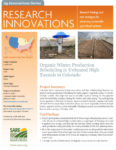
Organic Winter Production Scheduling in Unheated High Tunnels in Colorado
Colorado State University researchers and five farmers explored winter production scheduling for optimal yields of hardy organic vegetable crops in unheated high tunnels.
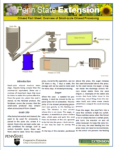
Safe and Profitable Oil Production Fact Sheets
Information on edible oil production for small-scale producers.
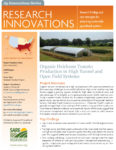
Organic Heirloom Tomato Production in High Tunnel and Open Field Systems
A replicated, systems-level comparison study was carried out to evaluate the production of the popular heirloom tomato, Cherokee Purple, under organically managed high tunnel and open field systems.
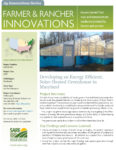
Developing an Energy Efficient, Solar-Heated Greenhouse in Maryland
This project investigated the effectiveness of energy-efficient greenhouse design and the ability of water-heating solar panels to heat a greenhouse as a propane alternative.
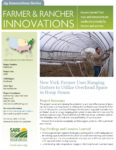
New York Farmer Uses Hanging Gutters to Utilize Overhead Space in Hoop House
This project looked at increasing the productivity and cost effectiveness of growing more crops in a hoop house by utilizing the overhead space through innovative design.
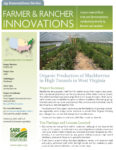
Organic Production of Blackberries in High Tunnels in West Virginia
The objective of this season extension project was to evaluate the feasibility of growing blackberries organically within a commercial high tunnel or hoop house in central West Virginia, including pest management, cultivar and management considerations.

Winter Storage Options for the Northeast
To help farmers in the Philadelphia area learn about various winter storage options, the nonprofit Fair Food conducted site visits of well-established winter storage operations in Pennsylvania, Vermont and Quebec.
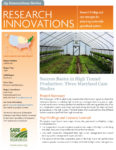
Success Basics in High Tunnel Production: Three Maryland Case Studies
This three-year study involved five innovative farmers in building high tunnels to investigate best practices in high-tunnel construction, tomato production and factors influencing profitability.
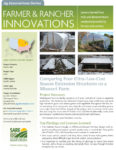
Comparing Four Ultra-Low-Cost Season Extension Structures on a Missouri Farm
This project compared winter production using four structures: EZ Build-n-Gro Cold Frames (Farmtek); cattle panel greenhouses; modified low tunnels; and standard small cold frames.
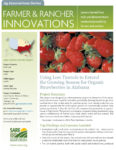
Using Low Tunnels to Extend the Growing Season for Organic Strawberries in Alabama
This project was designed to determine if the strawberry harvest season could be extended, potentially allowing farmers to get their strawberries to the market early for premium prices.